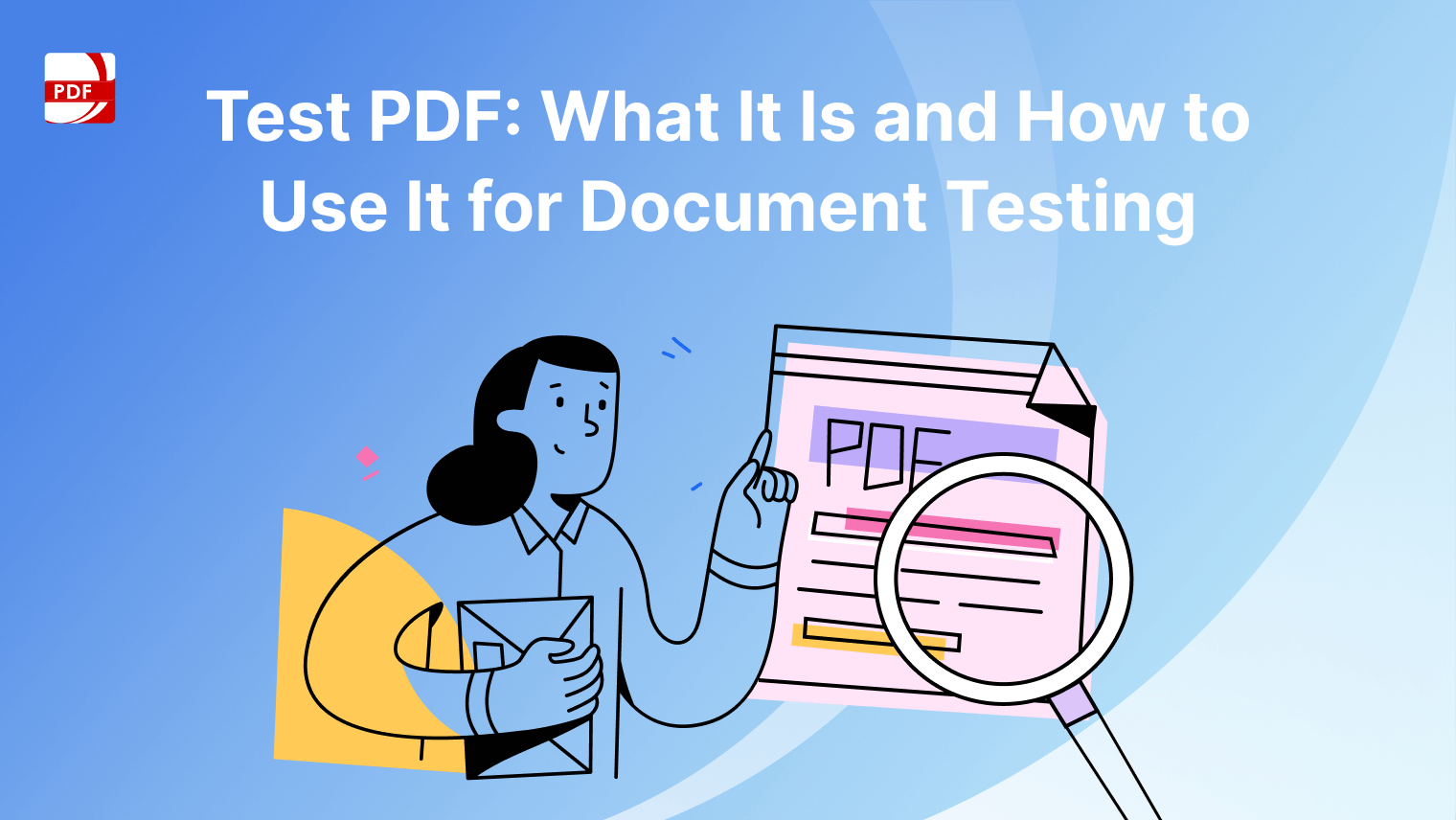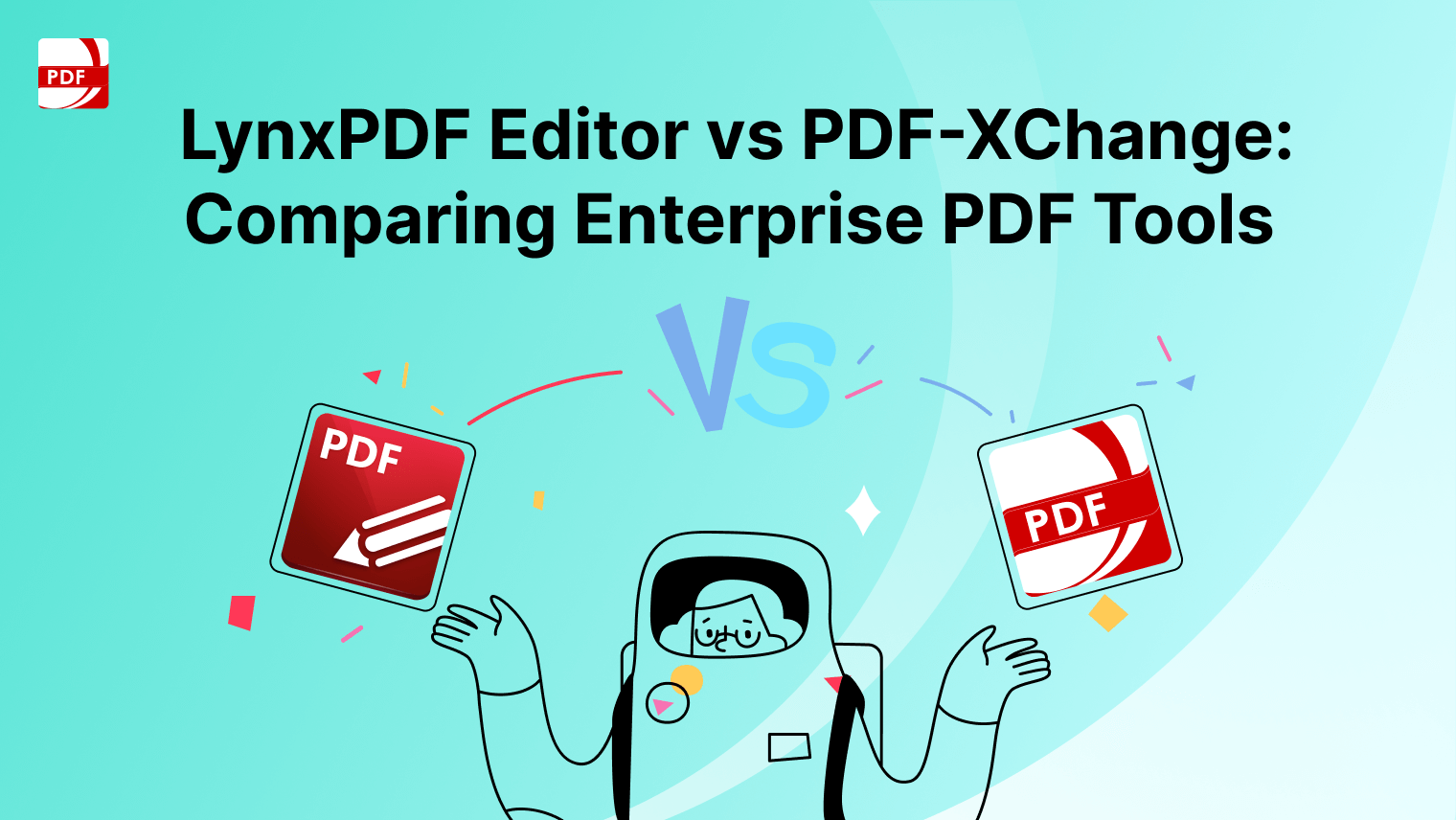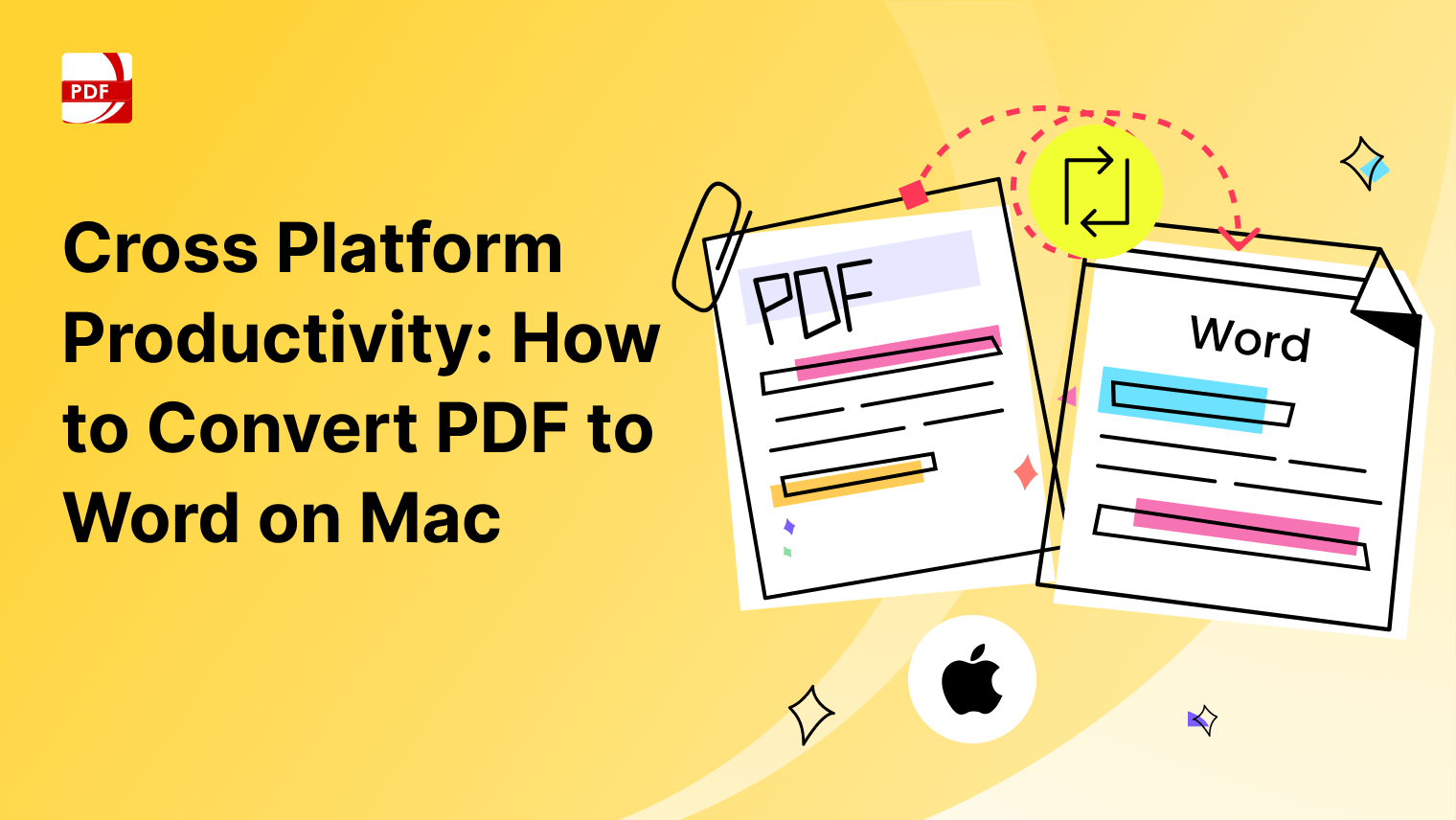Are you a seasoned designer looking to showcase your portfolio or a passionate writer eager to share your stories? Combining your work a booklet is the perfect way to boost the quality and presentation of it. We created this tutorial to explore the steps of how to print a booklet that not only captivates your audience but also leaves a lasting impression.
Let's turn your vision into a tangible reality!
How to print a booklet with PDF Reader Pro on Windows
PDF Reader Pro on Windows is a powerful ally in turning your digital ideas into tangible booklets.We will walk through the steps of harnessing the capabilities of PDF Reader Pro to print your booklet:
Step 1: Download and Install PDF Reader Pro on Windows
Begin your booklet printing journey by downloading and installing PDF Reader Pro on your Windows computer. Visit the official website or a trusted software distribution platform to ensure you get the latest version of the application.
Step 2: Open Your PDF Document in PDF Reader Pro
Launch PDF Reader Pro on your Windows machine and open the PDF document that you want to turn into a booklet. Navigate to the "File" menu and select "Open" to locate and load your PDF file into the application.
Step 3: Access the Print Menu
Once your PDF document is open, go to the "File" menu again, but this time, select "Print." Alternatively, you can use the keyboard shortcut 'Ctrl + P' to quickly access the print settings.
Step 4: Choose the Booklet Printing Option
Next, find the "Booklet" setting. Here you can adjust the booklet subset and wether the binding should be on the left or right.
Step 5: Configure Booklet Layout and Margins
Adjust the booklet layout settings according to your preferences. Set the orientation, paper size, and margins to ensure your booklet prints exactly as you envision it. PDF Reader Pro typically provides options to customize these settings, so take advantage of the flexibility.
Step 6: Preview Your Booklet
Before finalizing the print job, it's advisable to preview your booklet to ensure all pages are arranged correctly. Many PDF readers, including PDF Reader Pro, offer a preview function to visualize how your booklet will appear when printed.
Step 7: Print Your Booklet
Once satisfied with the preview, proceed to the final step by clicking the "Print" button. Ensure that your printer is properly connected and loaded with the appropriate paper. PDF Reader Pro will initiate the booklet printing process, bringing your digital creation into the tangible world.
How to print a booklet with PDF Reader Pro on Mac
In this digital age, PDF Reader Pro stands as a beacon of creativity on the Mac platform. It offers a canvas for your ideas to come to life. We'll unravel the steps to seamlessly print your booklet with precision and flair using PDF Reader Pro on your Mac.
Step 1: Download and Install PDF Reader Pro on Mac
Begin your booklet printing journey by downloading and installing PDF Reader Pro on your Mac. Visit the official website or a trusted software distribution platform to ensure you get the latest version of the application.
Step 2: Open Your PDF Document in PDF Reader Pro
Click on the "Booklet" button under the advanced editing tools on the "Home" interface.
Image Source: PDF Reader Pro
Step 3: Access the Print Menu
Open your PDF document to access the print settings.
Step 4: Configure Booklet Layout and Margins
Adjust the booklet layout settings according to your preferences. Set the orientation, paper size, and margins to ensure your booklet prints exactly as you envision it. PDF Reader Pro typically provides options to customize these settings, so take advantage of the flexibility.
Image Source: PDF Reader Pro
Step 5: Print Your Booklet
Once satisfied with the preview, proceed to the final step by clicking the "Print" button. Ensure that your printer is properly connected and loaded with the appropriate paper. PDF Reader Pro will initiate the booklet printing process, bringing your digital creation into the tangible world.
Image Source: PDF Reader Pro
Tips on how to format a book
Embarking on the journey of self-publishing a book is a great adventure. One crucial aspect that often goes underestimated is the formatting of your manuscript. A well-formatted book enhances readability and elevates the overall aesthetic appeal.
1. Maintain wide margins
Page margins are the foundation of a well-designed book. While the temptation to maximize text on a page is real, resist it. Tight margins not only create a cramped appearance but can also result in text getting lost in the gutter.
Opt for a generous margin around the page, making your book more inviting, comfortable to hold, and leaving space for annotations. For a 5 x 8 inch book, start with a 5/8” (.625”) margin, while a 6 x 9 book benefits from a 3/4” (.75”) margin, slightly larger on the inside to prevent words from disappearing into the gutter.
2. Select fonts that are readable
The choice of font significantly influences the reading experience. Opt for classic, readable fonts like Garamond, Janson, Caslon, or Minion, designed specifically for books. These fonts guide the eye along the lines, ensuring easy recognition of words.
If you decide to explore other fonts, prioritize readability over novelty. Save unique fonts for cover design and chapter titles to strike a balance between creativity and readability.
3. Select a comfortable type size
The size of your type plays a pivotal role in readability. Aim for a font size that balances legibility without making the text appear oversized or microscopic. Modern books often utilize 11-point type, but different fonts may require adjustments.
Count words per line and aim for 10–15 words to strike the right balance. Leading, the space between lines, should be carefully considered. If using a professional tool, like Adobe InDesign, fine-tune the leading for optimal results.
4. Justify your text
In professional book design, justifying text creates a clean and polished look. While we may be accustomed to ragged margins, justified paragraphs offer an even rectangle of text, enhancing the flow of words. This clean presentation minimizes distractions, allowing readers to focus on the narrative.
5. Remember to indent paragraph beginnings
Clearly defined paragraphs make your text more approachable. Indent the first line by a quarter-inch to distinguish the beginning of new paragraphs. This simple adjustment prevents your text from appearing as a monolithic block, enhancing visual appeal and readability.
6. Apply footers and/or running heads.
Running heads, though optional, contribute to a polished book design. These small headers above the main text block typically contain the book's title and author's name, aiding navigation. Experiment with different layouts, considering left-hand and right-hand page variations.
7. Pay particular attention to the chapter beginnings
Chapter beginnings deserve special attention. Start each chapter on a new page, with the text beginning approximately one-third down, accompanied by a distinct chapter number or title. Experiment with fonts to maintain consistency and appeal. Omit running headers on chapter-opening pages for a cleaner look.
8. Use a blank line to indicate scene changes
Clearly indicate changes of scene within chapters by inserting a single blank line between paragraphs. This visual cue allows readers to reset their focus and understand the shift in perspective. Consider embellishing scene breaks with subtle ornaments for a touch of sophistication.
You can also create your own free booklet template.
Booklet design Examples
Company Profile Template
Introducing the Agriculture Company Profile Template – a sleek and modern layout with a minimalist design. This multipurpose template is highly customizable, allowing you to modify each detail to align perfectly with your project needs. With a total of 20 pages and bleed settings, the INDD file boasts organized layers for easy navigation.
Every element, from text to colors and images, is editable, providing you with the flexibility to tailor the template to your specific requirements.
Fashion Magazine Template
A magazine is a periodical publication, available in both print and electronic formats (often referred to as an online magazine). Typically issued on a regular basis, magazines encompass a diverse range of content and are sustained through funding derived from advertising, purchase fees, prepaid subscriptions, or a blend of these revenue streams.
Fundamentally, the term "magazine" denotes a repository or gathering space, and in the context of written publications, it signifies a compilation of diverse articles.
Menu design template
With meticulous attention to detail, this booklet offers a harmonious blend of aesthetically pleasing layouts and customizable elements. Immerse your patrons in a visual feast, showcasing your signature dishes, enticing beverages, and culinary narratives.
Elevate the dining experience by seamlessly customizing text, images, and colors, ensuring a design as unique as your culinary creations.


